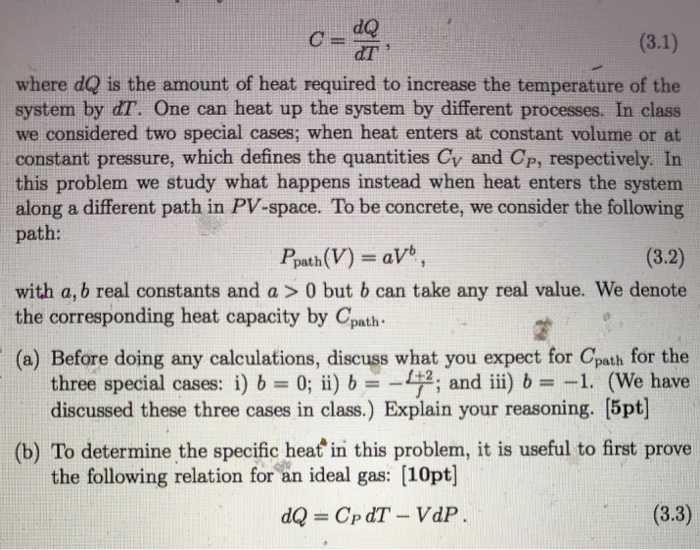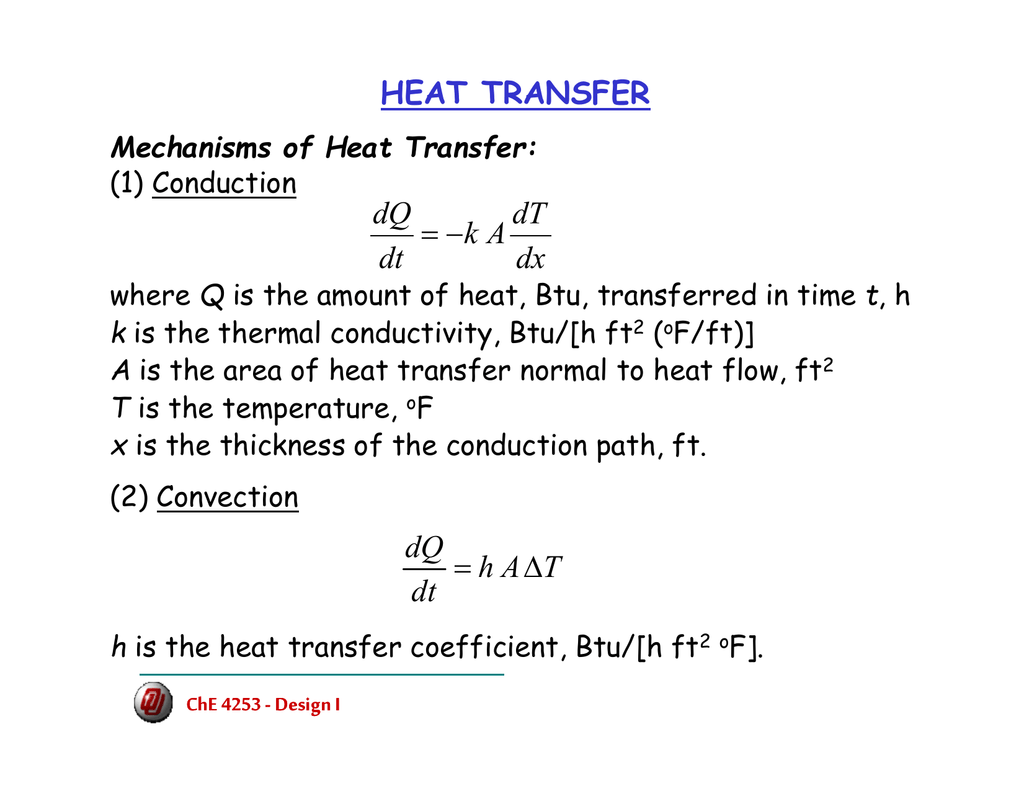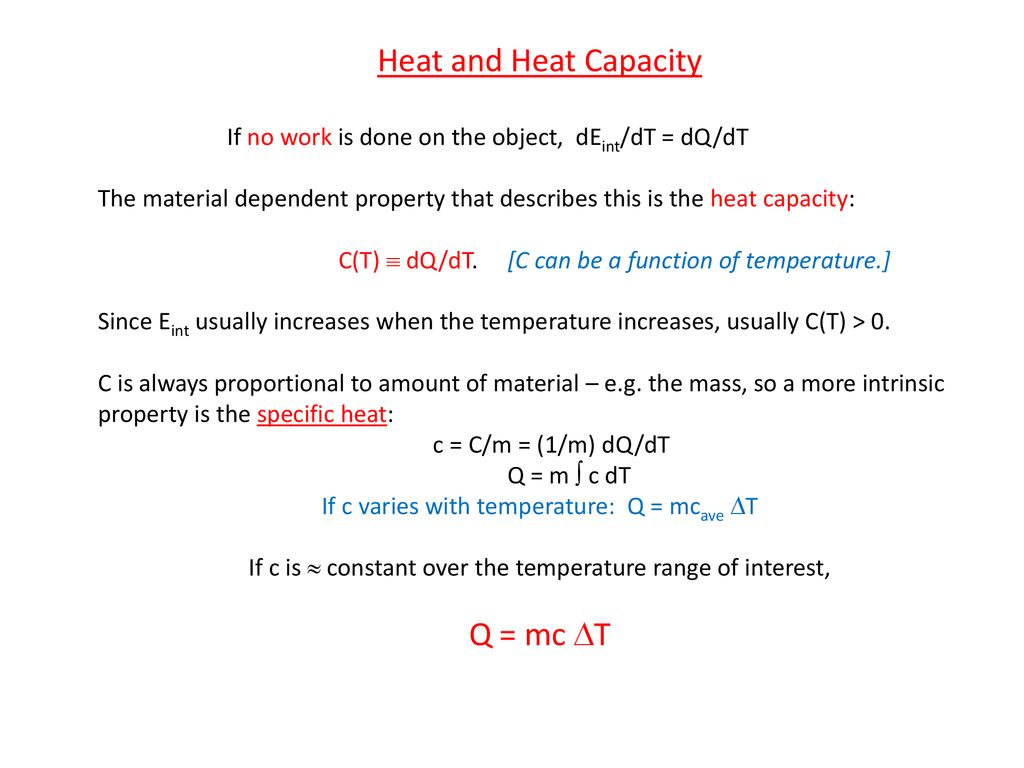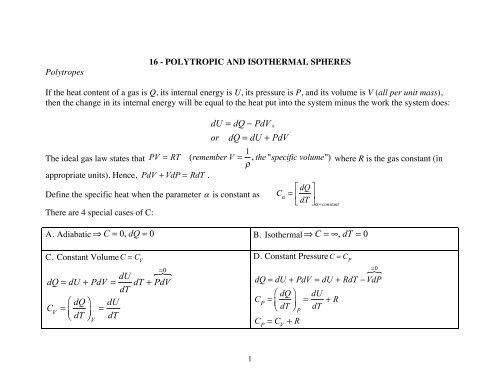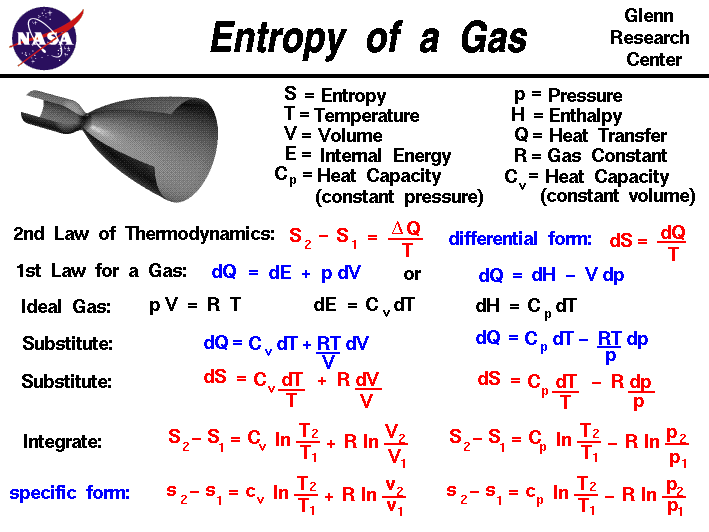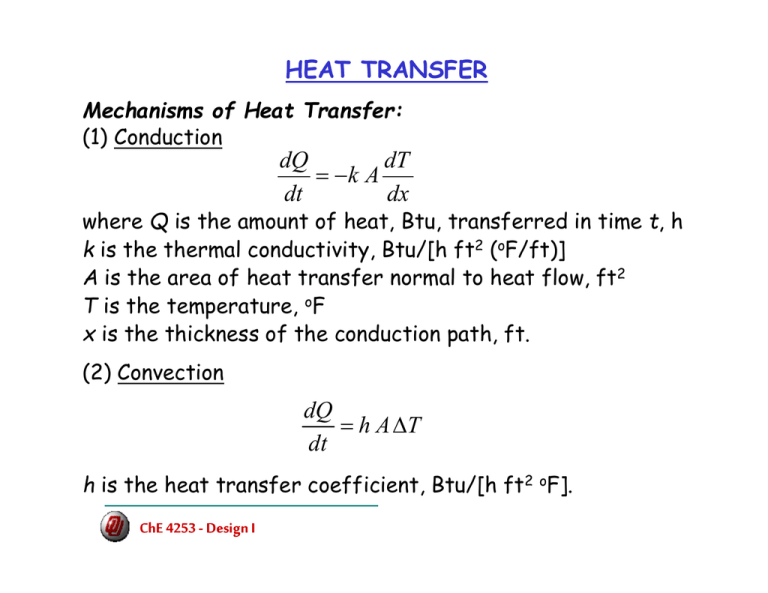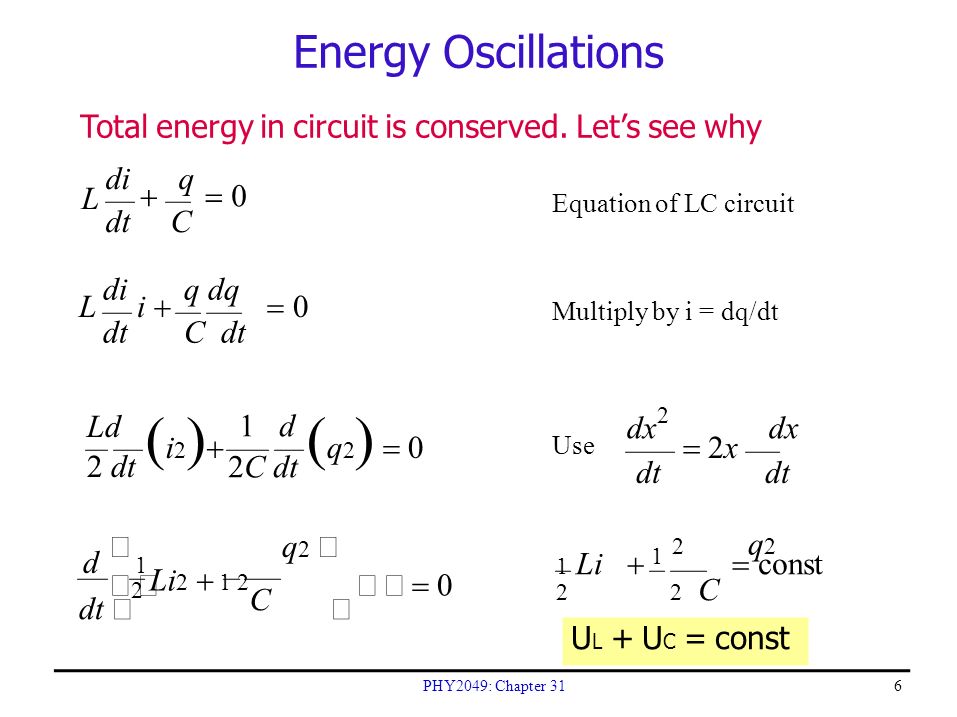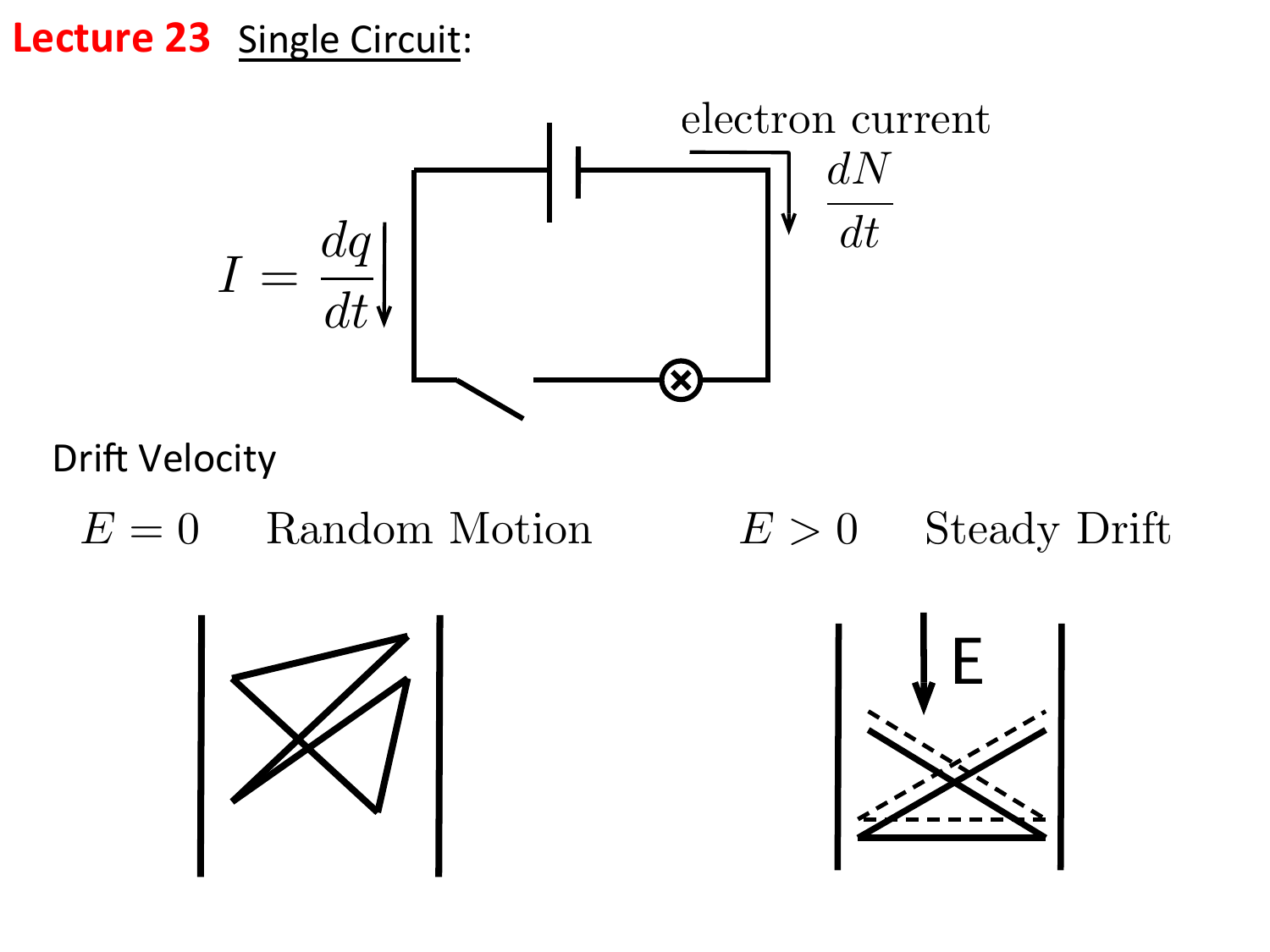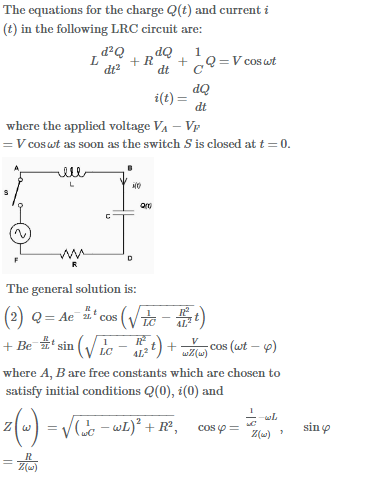
SOLVED:Electrical Charge The equation governing the amount of electrical charge q (in coulombs) of an R C circuit consisting of a resistance R (in ohms), a capacitance C (in farads), an electromotive
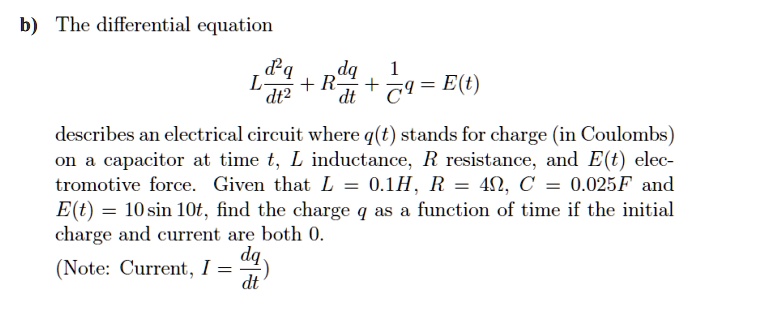
SOLVED: The differential equation dq/dt + Rdq/dt + 3q = E(t) describes an electrical circuit where q(t) stands for charge (in Coulombs) on a capacitor at time t, L stands for inductance,

Results obtained for an 18 °C foam: instantaneous heat energy dQ/dt (W)... | Download Scientific Diagram

Introduction to Current In AP C Current I = dq/dt I: current in Amperes (A) q: charge in Coulombs (C) t: time in seconds (s) - ppt download
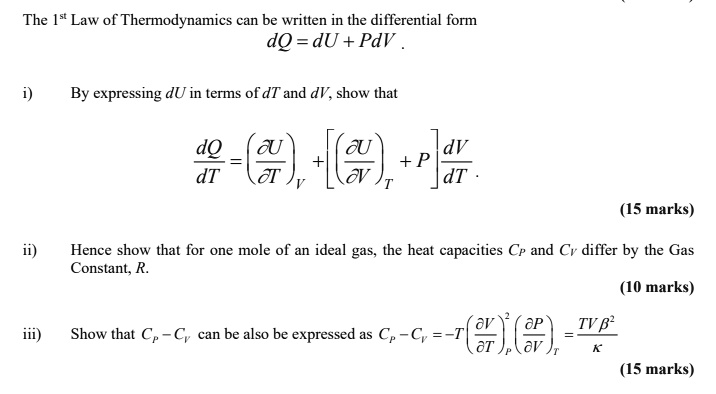
SOLVED: The 1st Law of Thermodynamics can be written in the differential form dQ = dU + PdV by expressing dU in terms of dT and dV. Show that dQ = Cp

Introduction to Current In AP C Current I = dq/dt I: current in Amperes (A) q: charge in Coulombs (C) t: time in seconds (s) - ppt download

